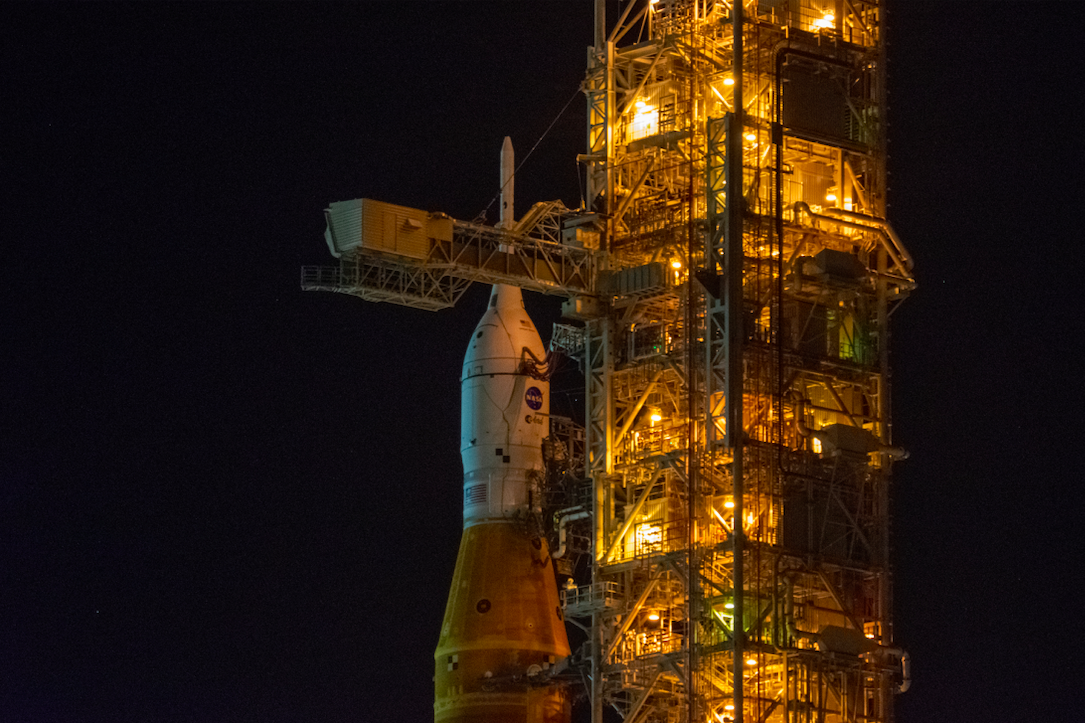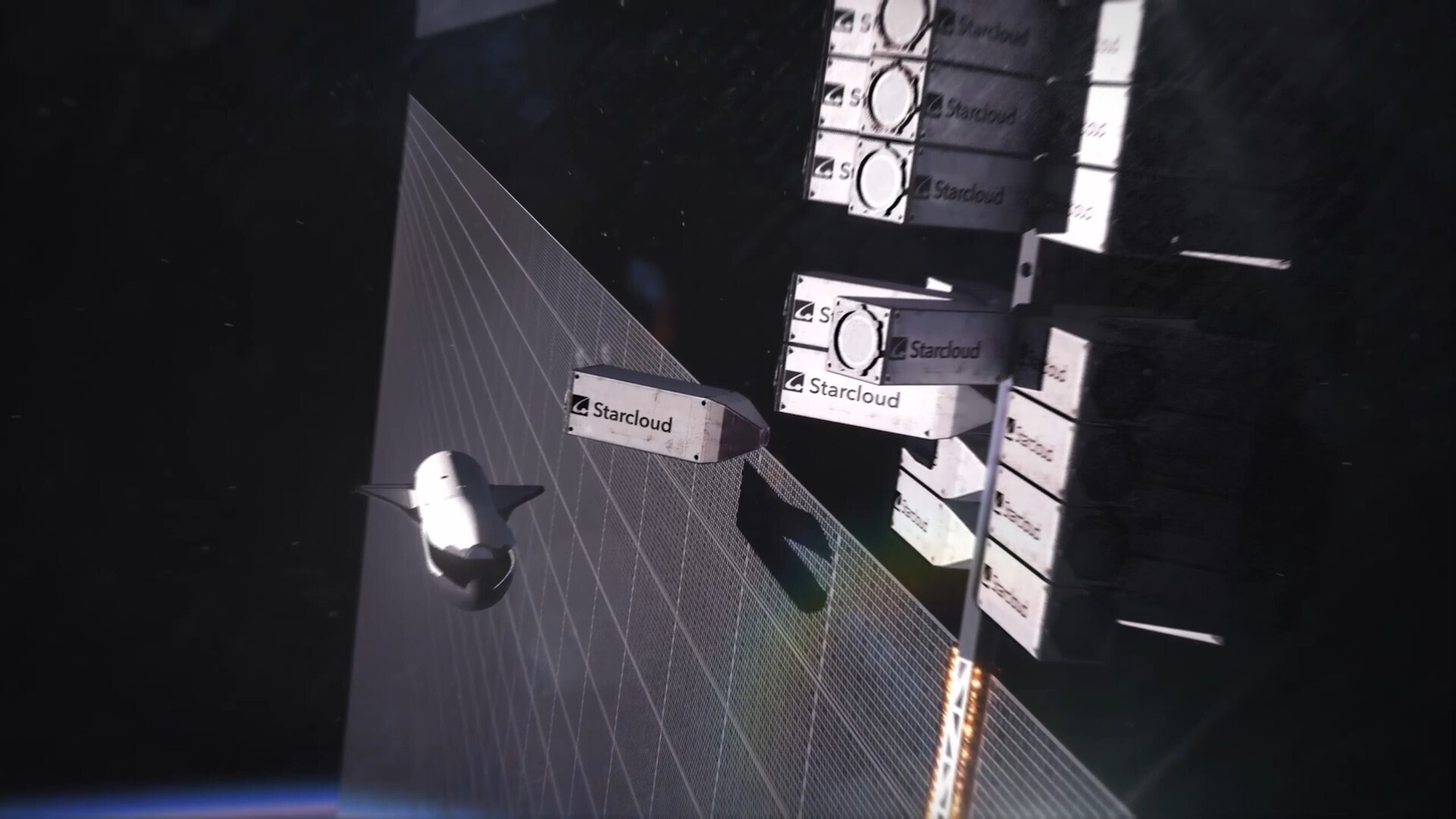NASA's Artemis 1 moon rocket rolls off the launch pad for repairs (photos)
The Artemis 1 stack is now back in the Vehicle Assembly Building at NASA's Kennedy Space Center.

CAPE CANAVERAL, Florida — NASA's Artemis 1 moon mission has returned to the Vehicle Assembly Building (VAB) at NASA's Kennedy Space Center (KSC) here following incomplete "wet dress rehearsal" attempts earlier this month.
During the wet dress, which took place at KSC's Pad 39B, NASA was unable to run its new rocket, the Space Launch System (SLS), through the complete gambit of tests needed to ensure that the vehicle is ready for flight. The agency has now brought the huge rocket back to the VAB to make some minor repairs and adjustments.
The Artemis 1 stack rolled off Pad 39B at 7:54 p.m. EDT (2354 GMT) on Monday (April 25) atop NASA's huge crawler-transporter 2 vehicle. The SLS and Orion arrived at the VAB, which is 4 miles (6.4 kilometers) away, at about 6 a.m. EDT (1000 GMT) on Tuesday (April 26), NASA officials said in an update.
Live updates: NASA's Artemis 1 moon mission
Related: NASA's Artemis 1 moon mission explained in photos

Artemis 1 will use the first-ever SLS to send an uncrewed Orion capsule around the moon and back sometime later this year. If all goes well with Artemis 1, Artemis 2 will launch astronauts around the moon in 2024, and Artemis 3 will put boots on the lunar surface in 2025 or 2026.
It's unclear when Artemis 1 will get off the ground; NASA officials won't set an official target date until the wet dress is done and they've had a chance to analyze the data.
SLS began its journey from the VAB to Pad 39B on March 17 and got there about 12 hours later, early in the morning of March 18. NASA began the wet dress rehearsal on April 1 and had hoped to complete a simulated countdown by April 3.
Breaking space news, the latest updates on rocket launches, skywatching events and more!

Unfortunately, propellant loading operations during the wet dress rehearsal revealed several technical issues with the SLS and its mobile launch tower. The Artemis 1 team identified a faulty valve in the launch tower, as well as a hydrogen leak in a line leading from the tower to the rocket.
The decision was made to fix these problems before another attempted wet dress rehearsal. At the VAB, technicians will examine the Artemis 1 stack and make repairs to gear up for another run at the wet dress rehearsal in the coming weeks.
With all the work ahead, Artemis 1 will likely not be ready in time for the mission’s mid-summer launch window of June 29 to July 12, and is now targeting a date sometime in August, sources at NASA told Space.com.
Follow us on Twitter @Spacedotcom or on Facebook.

Josh Dinner is the Staff Writer for Spaceflight at Space.com. He is a writer and photographer with a passion for science and space exploration, and has been working the space beat since 2016. Josh has covered the evolution of NASA's commercial spaceflight partnerships and crewed missions from the Space Coast, as well as NASA science missions and more. He also enjoys building 1:144-scale model rockets and human-flown spacecraft. Find some of Josh's launch photography on Instagram and his website, and follow him on X, where he mostly posts in haiku.
